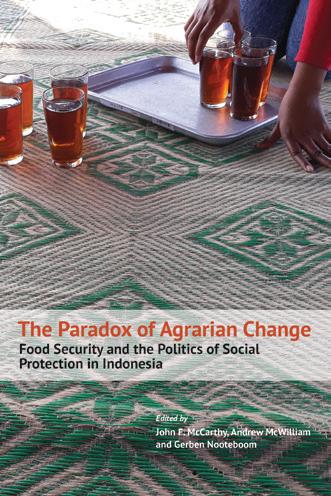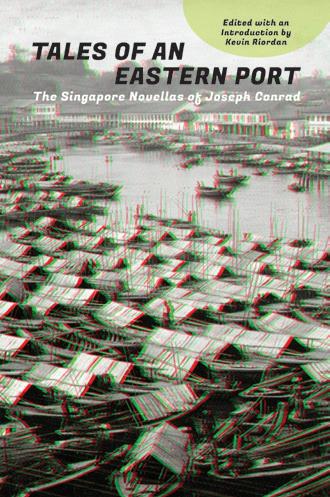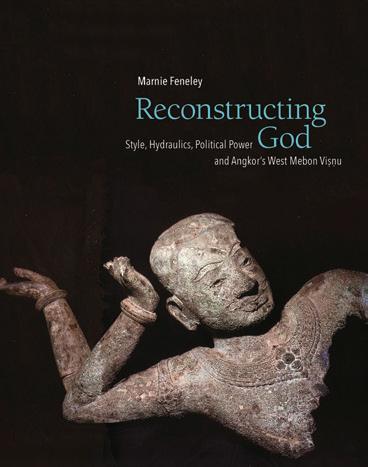
3 minute read
The Paradox of Agrarian Change: Food

Security and the Politics of Social Protection in Indonesia
Advertisement
Economic growth in Indonesia has led to a marked decline in poverty. But while poverty has declined, one of its worst impacts — nutritional insecurity — remains high, particularly in rural areas. Patterns of food poverty persist across Indonesia, despite a fall in poverty rates. What explains this troubling paradox? How does it relate to Indonesia's enthusiastic embrace of the "entitlements revolution", the use of direct cash transfers as a tool for reducing poverty and building social inclusion? This book analyses the nature and social consequences of economic development and agrarian change processes in rural Indonesia in relation to the scope and effectiveness of Indonesia’s social protection programmes.
The authors conclude that while existing social assistance approaches soften the experience of poverty, they generate mistargeting problems, produce new patterns of inclusion and exclusion and provoke a contentious politics of distribution. The richly detailed findings in this study provide a novel multidimensional vision of processes of agrarian change.Its findings are of crucial importance to Indonesian policymakers, but will also be of relevance to scholars and practitioners of rural development in other middle income countries seeking to further their agrarian transitions.
John F. McCarthy is an associate professor in the Crawford School of Public Policy at the Australian National University, Canberra, Australia.
Andrew McWilliam is professor of Anthropology in the School of Social Science, Western Sydney University, Sydney, Australia.
Gerben Nooteboom is an associate professor at the Department of Anthropology, University of Amsterdam (UvA), The Netherlands.
January 2023
Paperback • S$42 / US$38
ISBN: 978-981-325-183-0
488pp / 229 x 152mm
10 maps, 37 figures,
14 b/w images, 32 tables
Joseph Conrad
edited with an introduction by Kevin Riordan
Tales of an Eastern Port: The Singapore Novellas of Joseph Conrad

In the 1880s, Joseph Conrad had three stints in Singapore while working on ships around the region. Over the next thirty years, he would return to the colonial port city in his memory and his writing. Paired here for the first time are two Conrad novellas that start in Singapore: The End of the Tether and The ShadowLine. First published in 1902 and 1917, these stories provide a fleeting portrait of the developing city itself, before Conrad’s characters set sail into “the shallow sea that foams and murmurs on the shore of a thousand islands”. Conrad’s Singapore is the site of arrivals and departures, his fiction tracing the tidelines of the surrounding archipelagoes.
But how do we read Conrad, and his complicated legacy, in the twenty-first century? In the introduction, Kevin Riordan makes the case that Conrad’s Southeast Asian stories reward both our historical and literary interests. The End of the Tether and The Shadow-Line have renewed relevance as part of global modernist and oceanic literature, and they recall one chapter in Singapore’s long history as a vital site of cultural exchange, as a place that harbours and inspires distinctive storytelling traditions.
Joseph Conrad (1857–1924) is one of the world’s great modern novelists. His most famous works include Heart of Darkness, Lord Jim, and Nostromo Kevin Riordan is an assistant professor in the School of Humanities at Nanyang Technological University, Singapore.
March 2023
Paperback • S$24 / US$24
ISBN: 978-981-325-218-9
248pp / 229 x 152mm
3 b/w images
Marnie Feneley
Reconstructing God: Style, Hydraulics, Political Power and Angkor’s West Mebon Visnu

In December 1936, a villager was led by a dream to the ruins of the West Mebon shrine in Angkor where he found the remains of a bronze sculpture. This was the West Mebon Viṣṇu, the largest bronze remaining from pre-modern Southeast Asia, and a work of great artistic, historical and political significance. Prominently placed in an island-temple in the middle of the vast artificial reservoir, the West Mebon Viṣṇu sculpture was a key focus point of the Angkorian hydraulic network. Interpretations of the statue, its setting, date and role, have remained largely unchanged since the 1960s, until now. Integrating the latest archaeological and historical work on Angkor, extensive art historical analysis of the figure of Viṣṇu Anantaśāyin in Hindu-Buddhist art across the region, and a detailed digital reconstruction of the sculpture and its setting, Marnie Feneley brings new light to this important piece.
Framed with a useful update on the latest archaeological and historical insights into the history of the Angkor World Heritage Site, this new understanding of the West Mebon Viṣṇu sculpture reorients our understanding of religious and political change in Angkor in the 12th century. Fully illustrated in colour throughout, the book will be of interest to art historians and curators, historians of Southeast Asia, and anyone with an interest in the art and history of Angkor.
Marnie Feneley is a postdoctoral research fellow at the University of New South Wales School of Art and Design, Australia.
March 2023
Hardback • S$24 / US$24
ISBN: 978-981-325-053-6
256pp / 235 x 185mm
40 colour plates, 80 halftones



